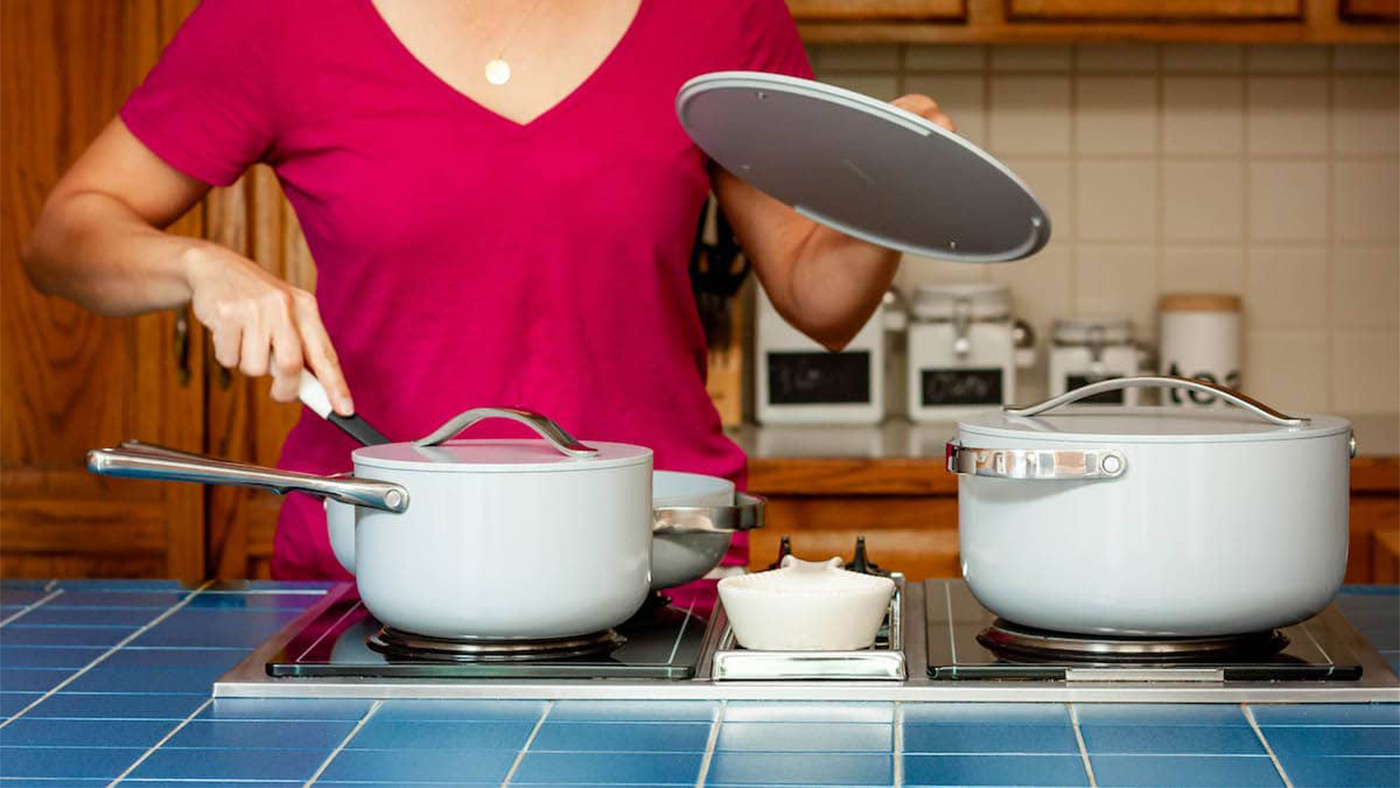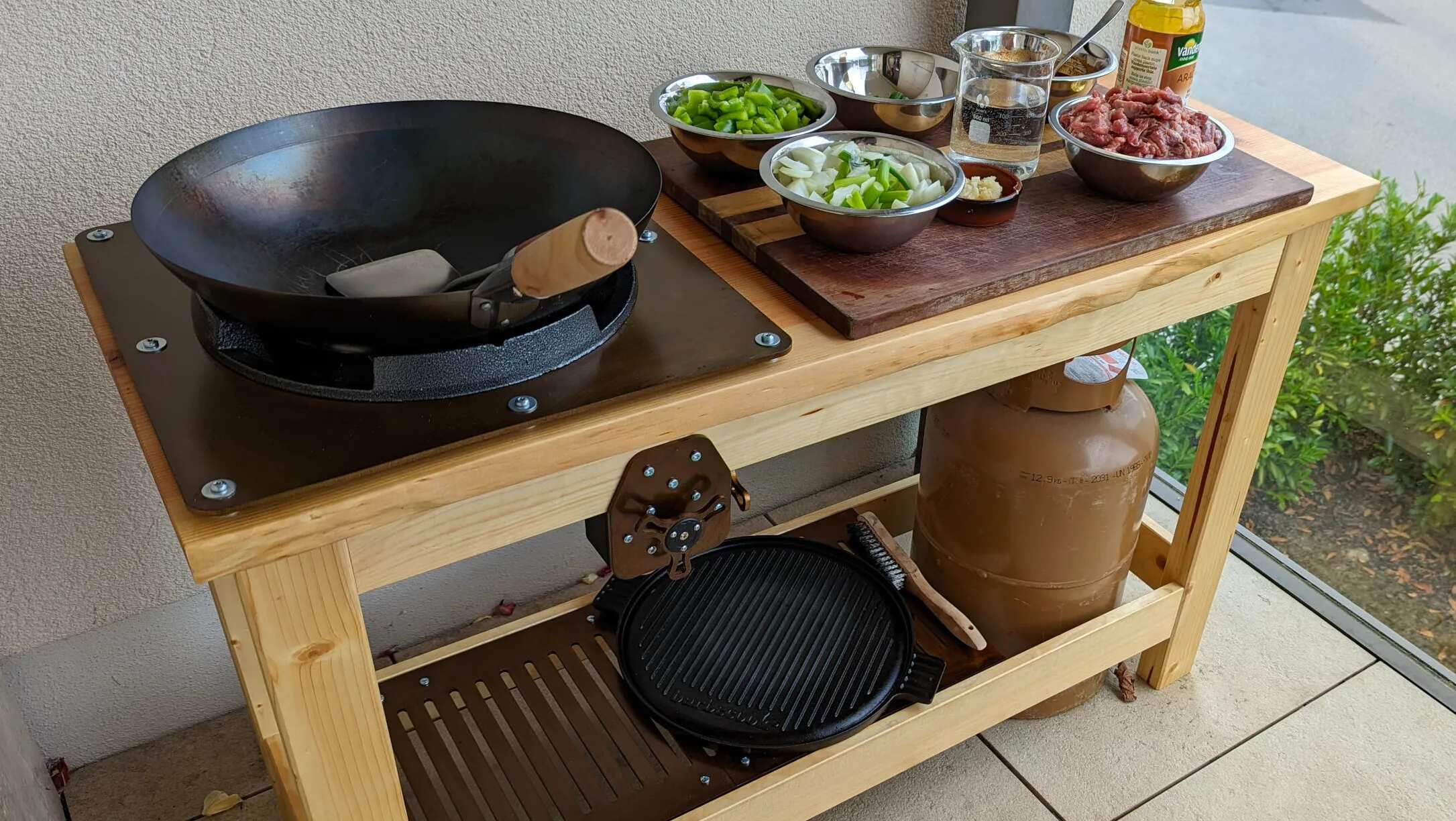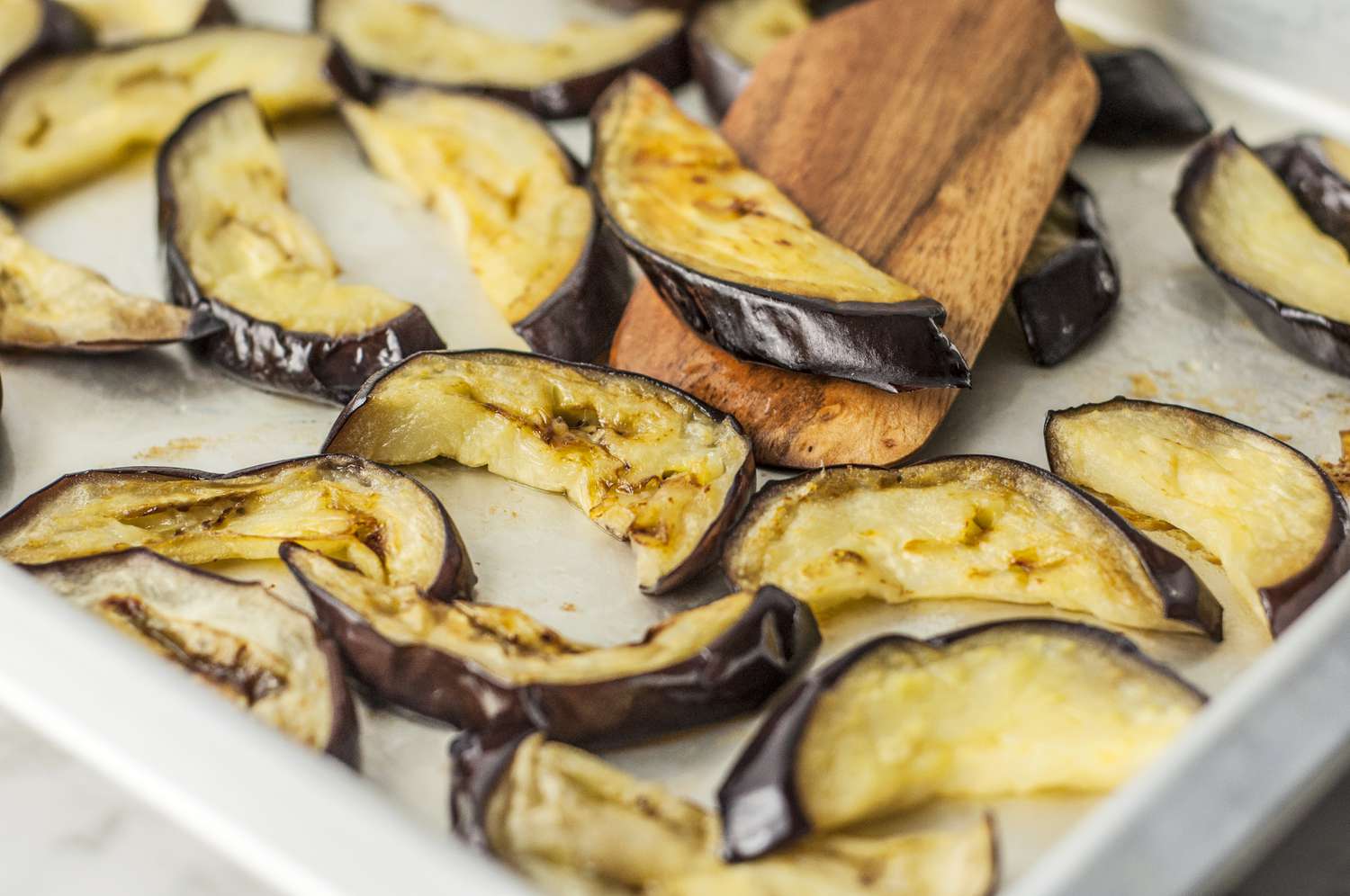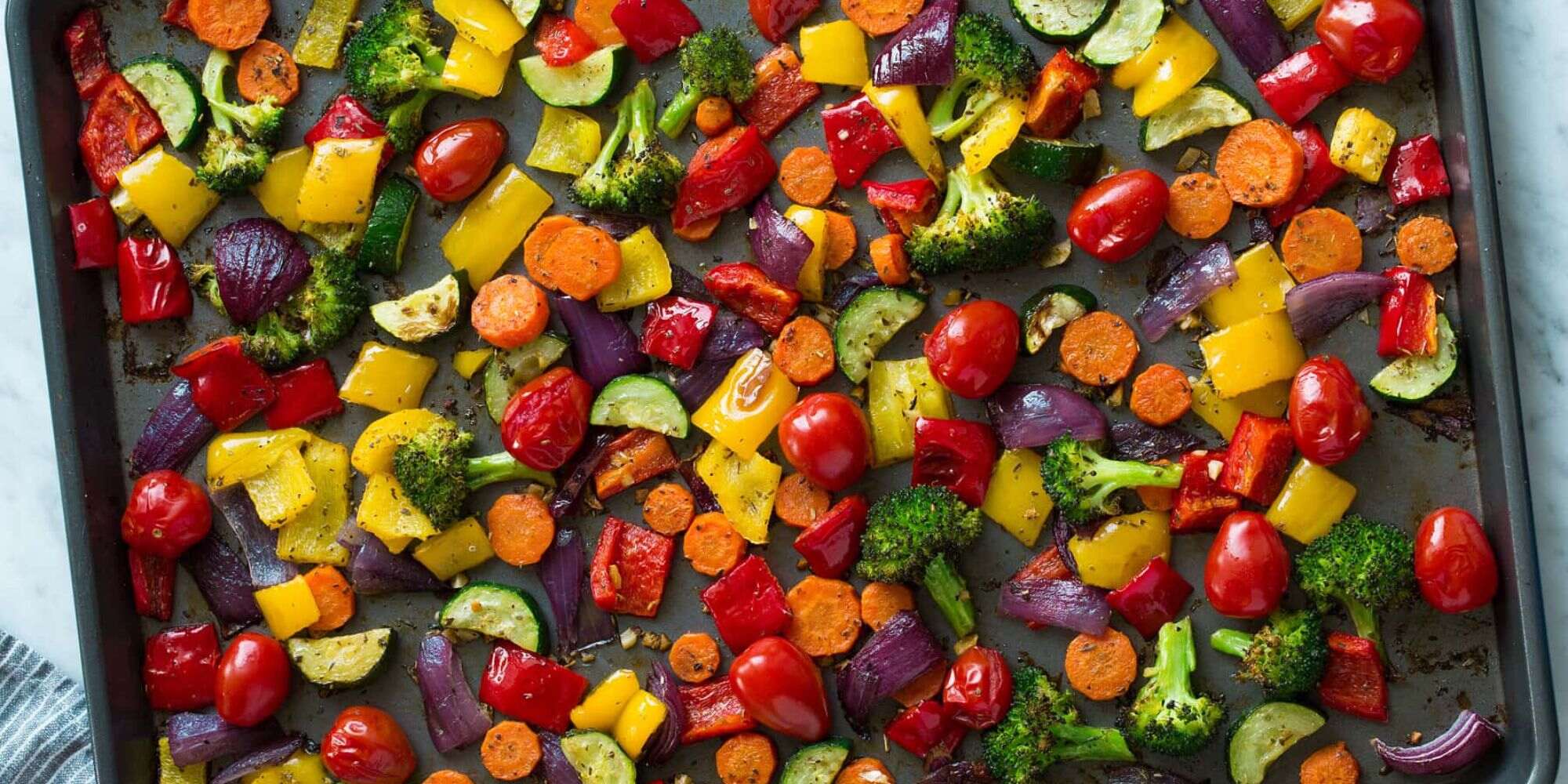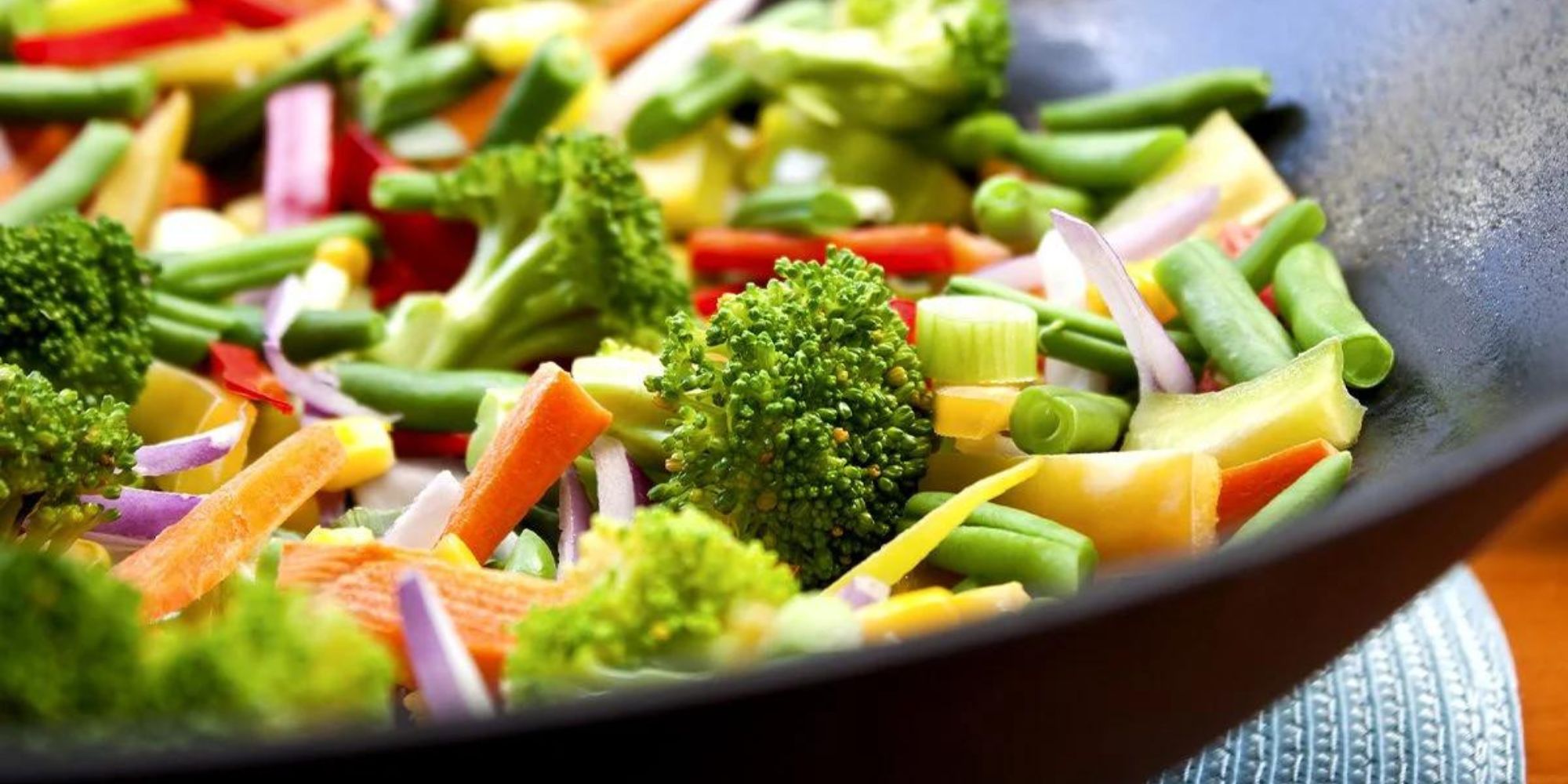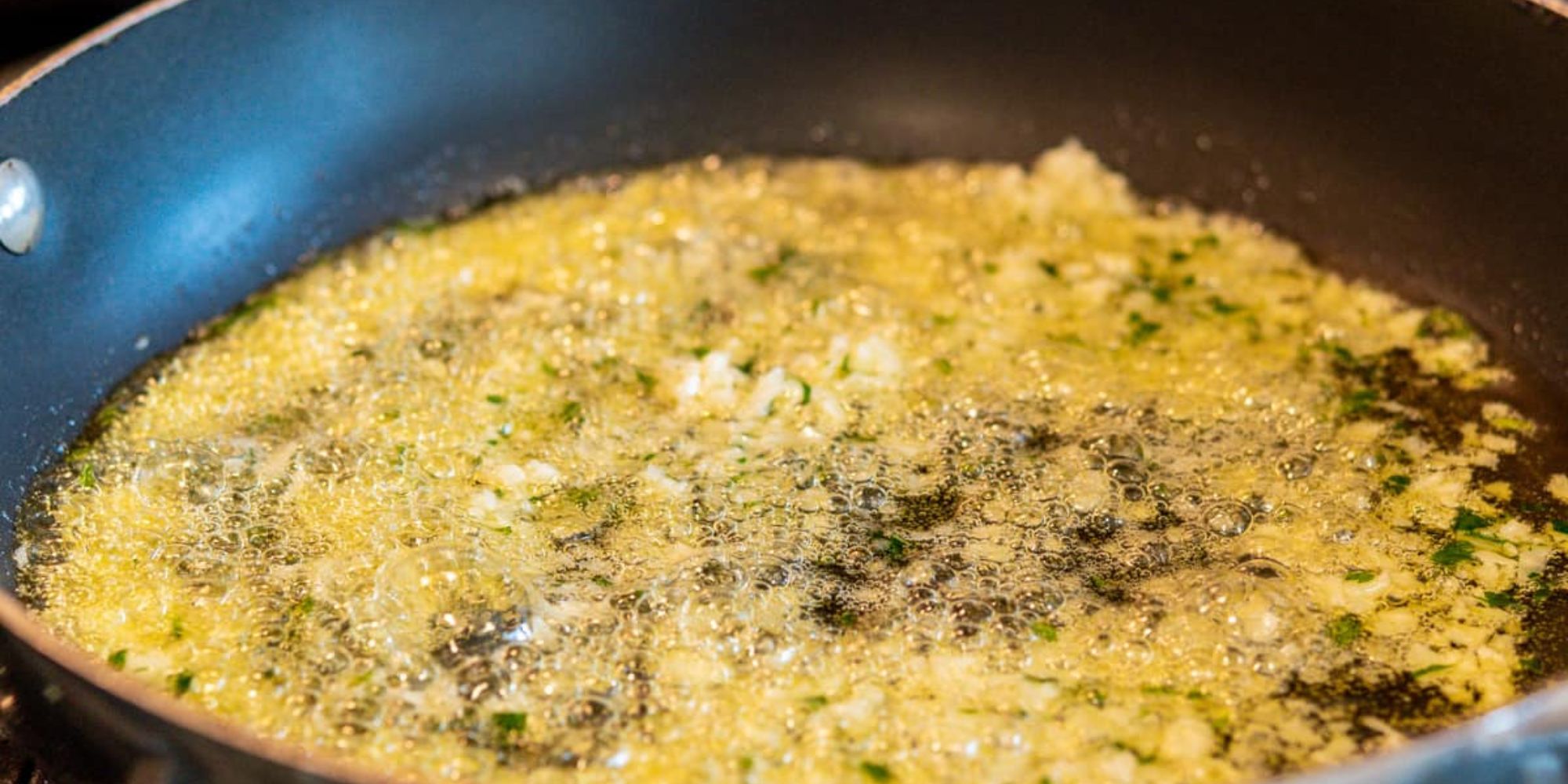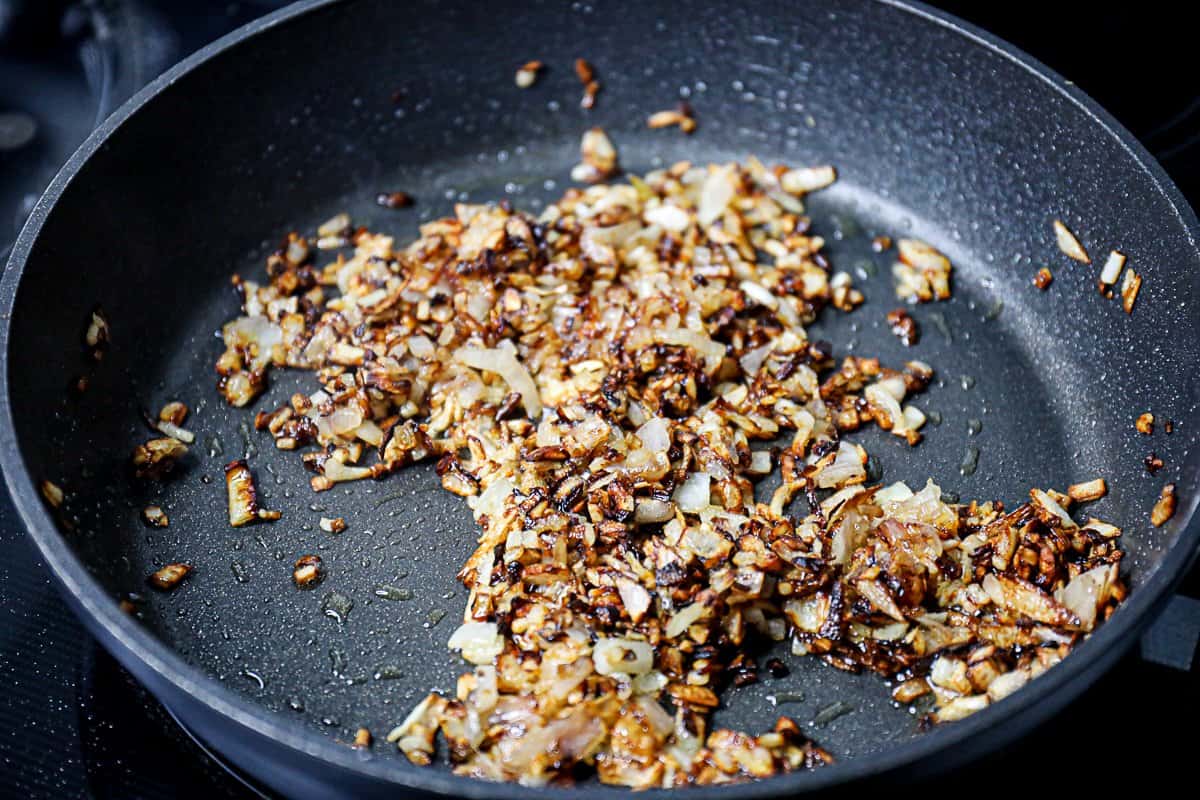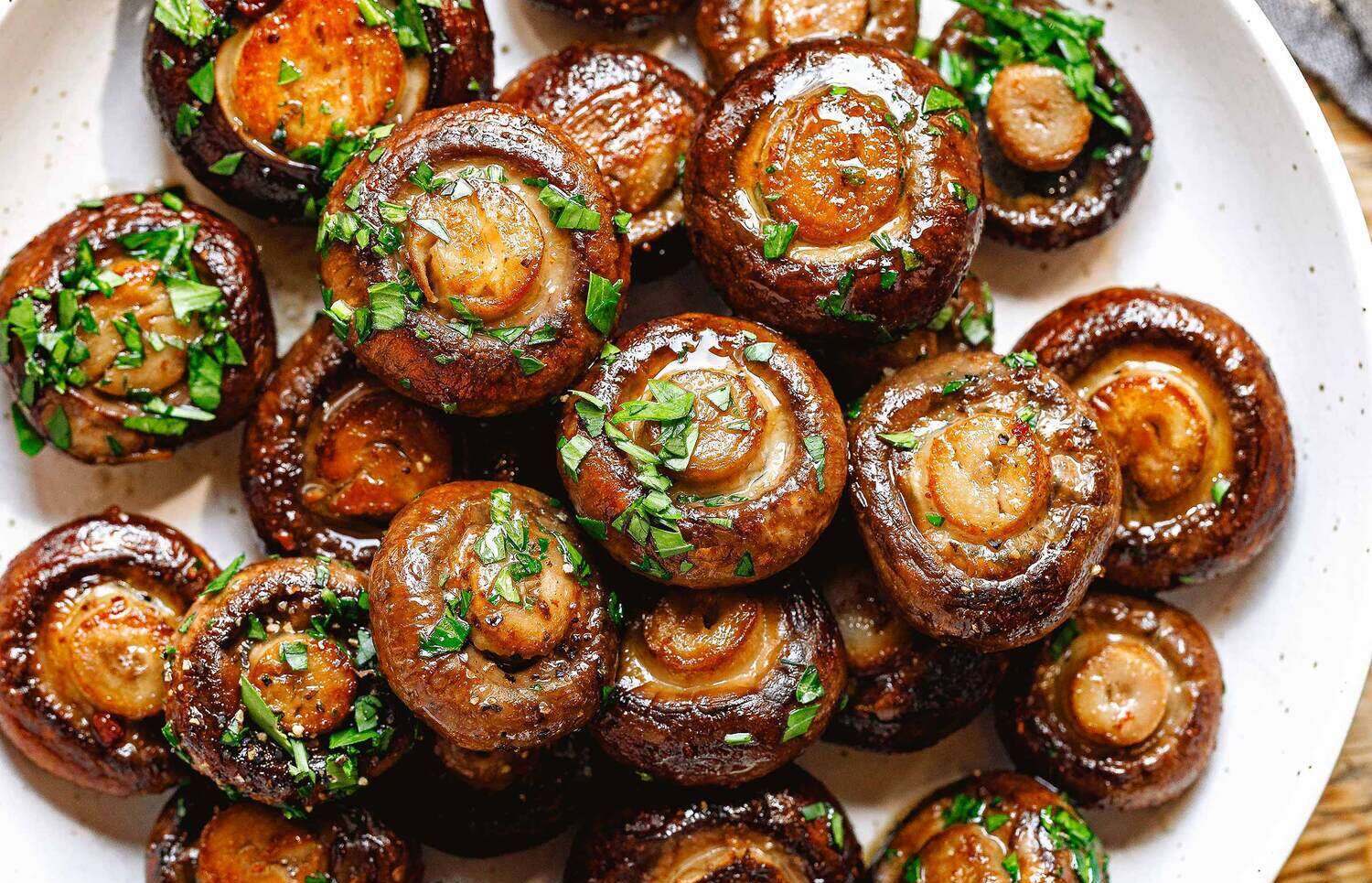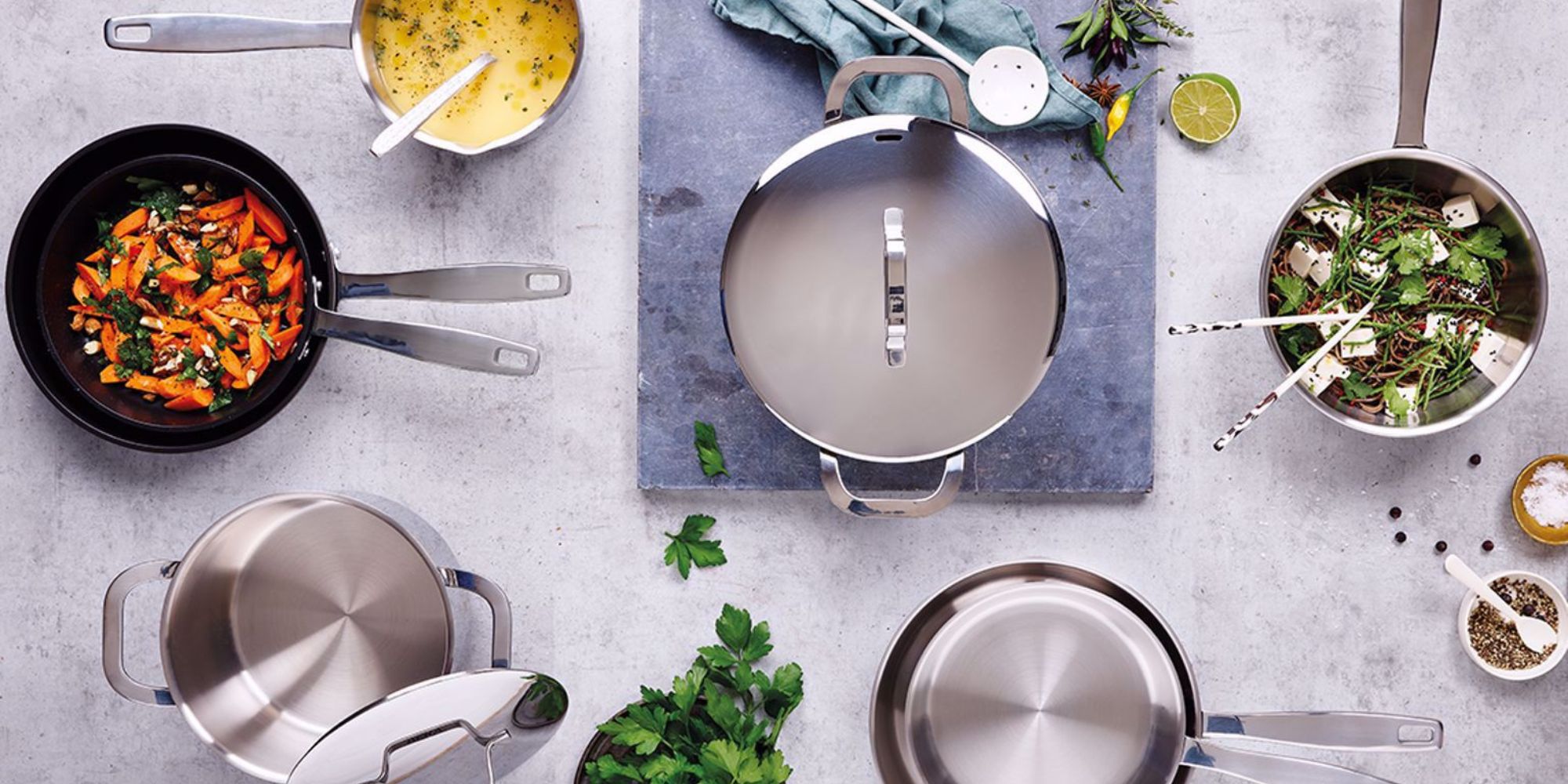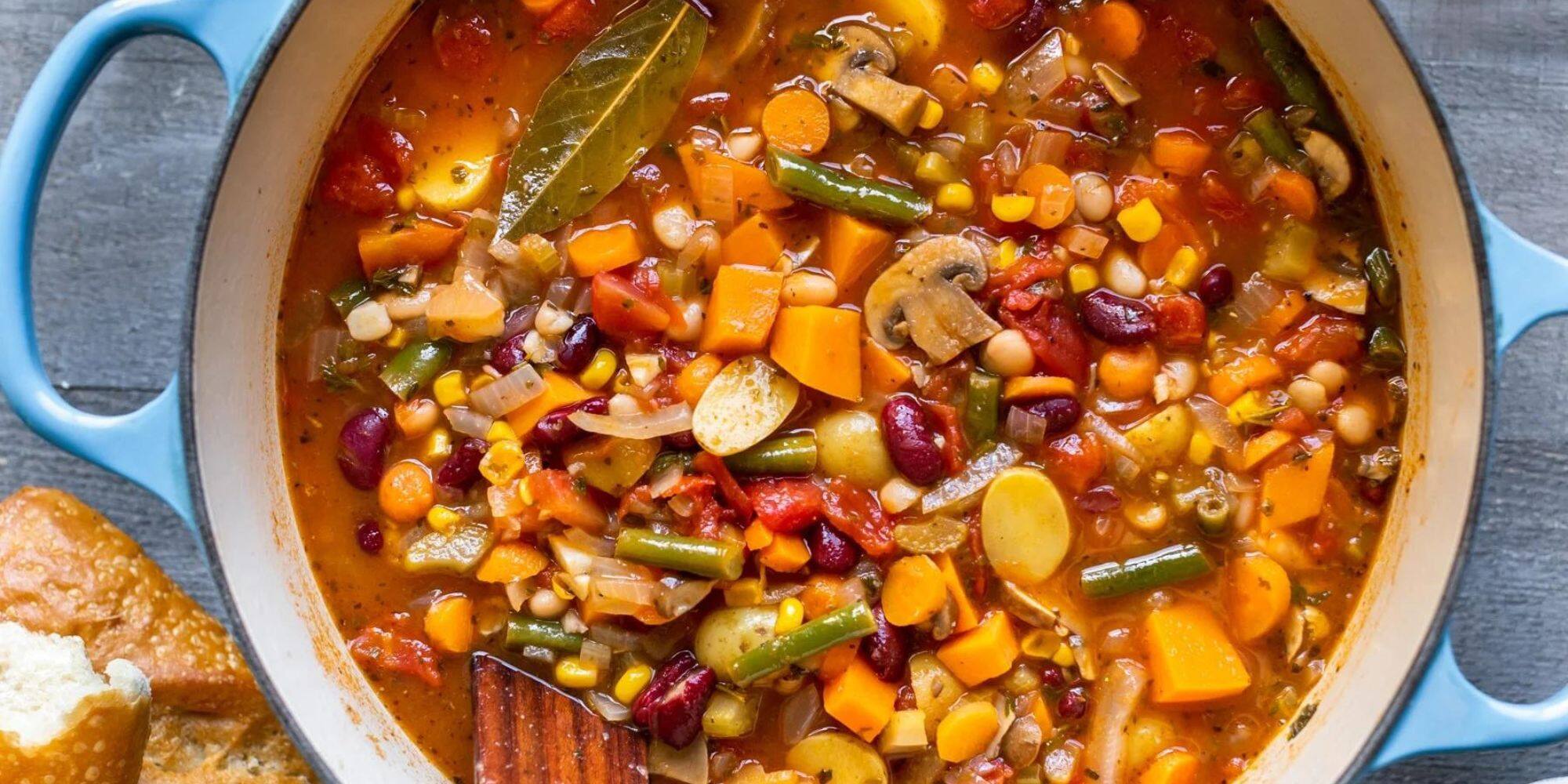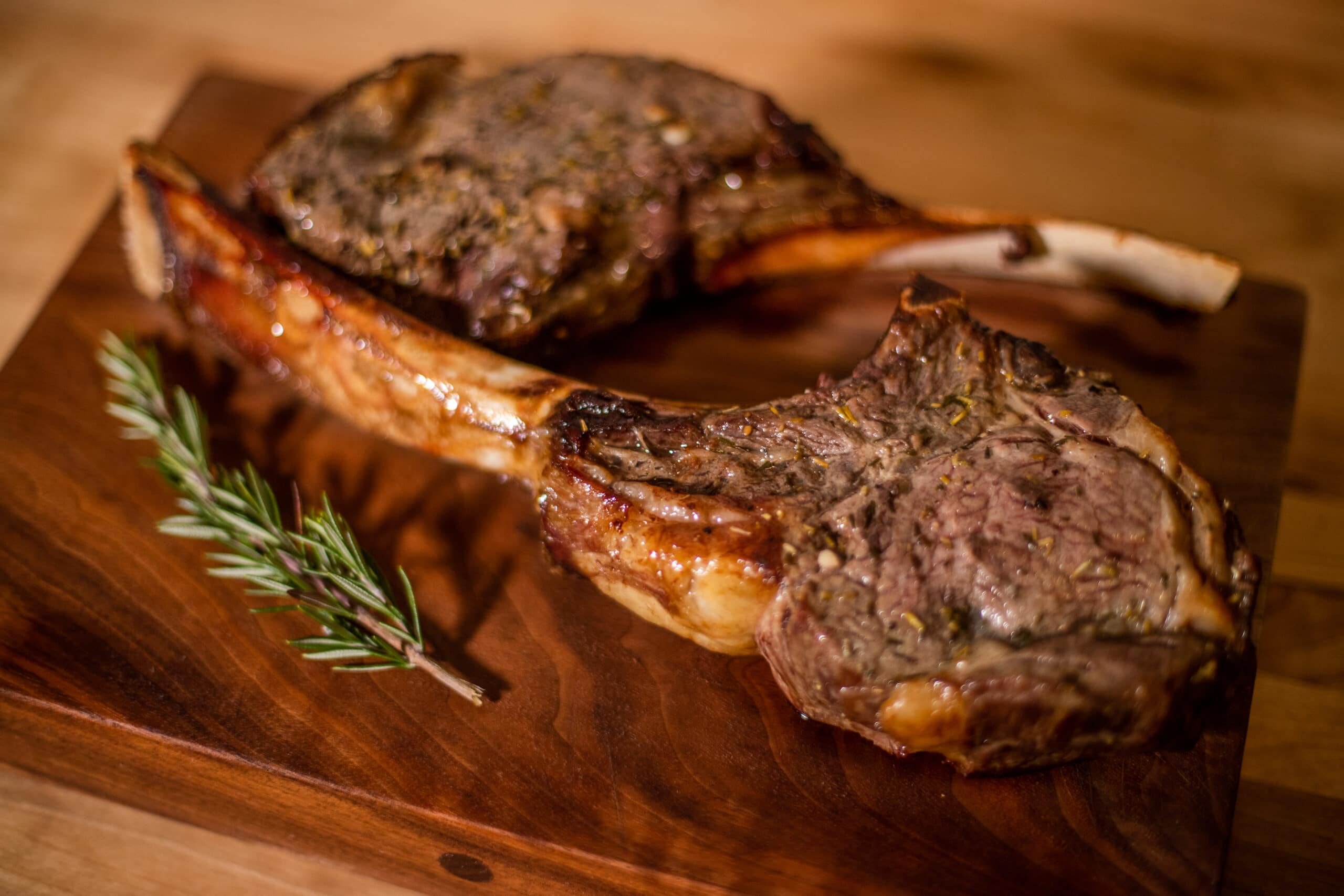Mastering the Art of Sautéing on an Induction Burner
Sautéing is a cooking technique that involves quickly cooking food in a small amount of oil or fat over high heat. It’s a versatile method that can be used to cook a wide variety of ingredients, from vegetables to meats and seafood. When it comes to sautéing on an induction burner, there are a few key tips and tricks to keep in mind to ensure that your dishes turn out perfectly every time.
Choosing the Right Cookware
When sautéing on an induction burner, it’s important to use the right cookware. Induction burners require pots and pans that are made of a magnetic material, such as cast iron or stainless steel, in order to generate heat. Look for cookware specifically designed for induction cooking to ensure optimal results.
Preparing Your Ingredients
Before you start sautéing, it’s important to properly prepare your ingredients. This may include chopping vegetables, trimming meats, and seasoning your food as desired. Having everything ready to go before you start cooking will help ensure that the process goes smoothly.
Setting the Right Temperature
One of the key advantages of using an induction burner for sautéing is the precise control it offers over the cooking temperature. Start by setting the burner to a medium-high heat to preheat the pan. Once the pan is hot, you can adjust the temperature as needed to prevent burning or sticking.
Adding the Oil
Once the pan is hot, add a small amount of oil to the bottom. Olive oil and vegetable oil are popular choices for sautéing, but you can use any oil with a high smoke point. Swirl the oil around the pan to ensure that the bottom is evenly coated.
Sautéing Your Ingredients
When the oil is hot and shimmering, it’s time to add your ingredients to the pan. Use a spatula or wooden spoon to move the food around the pan, ensuring that it cooks evenly on all sides. Keep the ingredients in constant motion to prevent them from sticking or burning.
Seasoning and Flavoring
As your ingredients cook, you can add salt, pepper, and other seasonings to enhance the flavor. Fresh herbs, garlic, and citrus zest can also be added at this stage to infuse the dish with additional layers of taste.
Finishing the Dish
Once your ingredients are cooked to perfection, you can finish the dish by adding any final touches, such as a squeeze of lemon juice, a sprinkle of fresh herbs, or a drizzle of balsamic glaze. Transfer the sautéed food to a serving dish and enjoy it while it’s hot.
Cleaning Up
After you’ve finished cooking, allow the pan to cool before cleaning it. Use a soft sponge or cloth to gently wash the pan with warm, soapy water. Avoid using abrasive cleaners or scouring pads, as they can damage the surface of the cookware.
With these tips in mind, you can confidently sauté on an induction burner and create delicious, flavorful dishes with ease. Whether you’re cooking a quick weeknight meal or entertaining guests, mastering the art of sautéing will open up a world of culinary possibilities in your kitchen.
Readers eager to master the art of sautéing on an induction burner can dive into a variety of tantalizing recipes provided in the guide. Start with the Sautéed Garlic Shrimp for a quick and flavorful dish that highlights the precision of induction cooking. For a hearty meal, try the Sautéed Chicken Breast with Lemon and Herbs, a perfect blend of zest and savory. Vegetarians will love the Sautéed Mushrooms with Garlic and Thyme, which brings out earthy flavors with a hint of herbaceous freshness. Those looking to add more greens to their diet should consider the Sautéed Spinach with Garlic, a simple yet nutritious option. Each recipe is designed to help you harness the efficiency and control of an induction burner, making sautéing an enjoyable and rewarding culinary experience.
